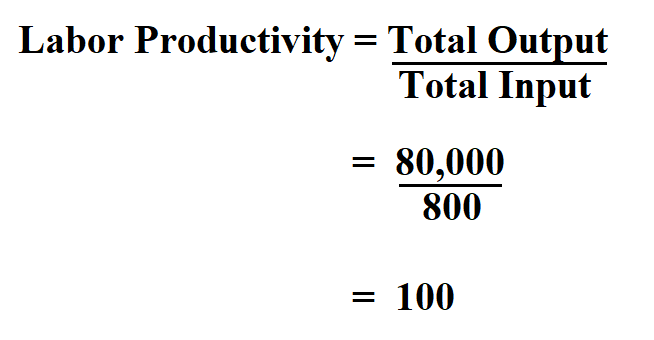Prior to discussing how to calculate labor productivity, let us begin by defining it. Labor productivity also known as workforce productivity represents a country’s economy or an organization’s output based on the goods and services provided as a function of the total number of hours worked.
Factors Affecting Labor Productivity.
- Training. You can increase workforce productivity by ensuring that employees attend targeted training.
- Overtime. subjecting your employees to overtime hours as this will impact the productivity negatively. If it a must for them to work overtime, you should be compensate them accordingly.
- Motivation. It is important to create an environment where the workers feel motivated and confident.
- Inputs used. Using raw materials or defective machinery your productivity will be affected.
- Employee turnover rate. As more experienced people are replaced by new ones, the productivity level tends to fall.
Benefits of Measuring Workforce Productivity.
- Measuring labor productivity can help you measure changes in output trends over time.
- Noticing trends in labor productivity can help identify opportunities for additional employee training.
- When you measure labor productivity, you might notice ways to support employees’ productivity using additional operational and fiscal resources.
Labor productivity is an important factor in determining the long-run trend rate of economic growth.
Formula to calculate labor productivity.

Example:
A factory with 800 employees produced 80,000 items in a certain month. Calculate the labor productivity.

Therefore, one employee produces 100 items.

